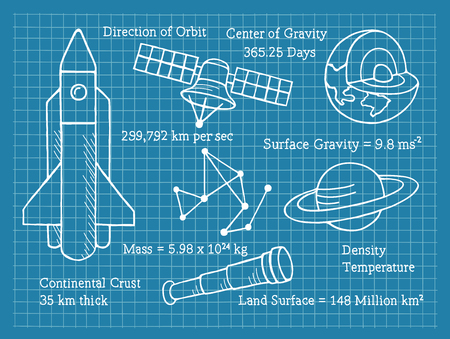#NephMadness 2018: Wilkie’s Thoughts on Catheter Dysfunction and Peritonitis
Martin Wilkie
Professor Wilkie is consultant nephrologist at Sheffield Teaching Hospitals NHS Foundation Trust and honorary professor of nephrology at the University of Sheffield. He led the development of the 2010 Renal Association guideline for peritoneal access, is chief investigator of the UK Catheter Study (UK CRN 17940) and Editor-in-Chief of Peritoneal Dialysis International. Follow him @wilkiemart.
Competitors for the Peritoneal Dialysis Region
Volume Issues in PD vs Solute Issues in PD
Culture-Negative Peritonitis vs Catheter Dysfunction in PD
In order to provide the best peritoneal dialysis (PD) care, it is necessary to see through the complexities hidden in issues of overriding priority. These include timely access that works as well as prevention of infection.

Copyright: Soda_O2 / Shutterstock
Systematic reviews have not demonstrated that one method of catheter insertion is better than another; however, there is a large variation in outcomes between centers. Catheter dysfunction is the most important cause of early PD technique failure, and delays in catheter insertion pathways reduce access to PD. The problem might be that peritoneal access is not given sufficient priority. If it were, then we could rely on the data and know what is needed to deliver it consistently. This is best done where operators make PD access their interest and work collaboratively with the multidisciplinary team to better understand the outcome of their work: Did that catheter function without complication? Was the patient able to start their chosen therapy?
The impact of catheters not working for patients and healthcare systems is significant. At a focus group in Sheffield, a patient reported that when the catheter stopped working, she feared for her life. We have limited understanding of post-insertion practices that optimize catheter outcomes. For example, if starting APD immediately after catheter insertion is more likely to draw omentum into the catheter, would it be better to start with a tidal prescription or with CAPD?

“Placing PD catheters is NOT rocket science.”

Copyright: johnpaulramirez / 123RF Stock Photo
…If it were, then at least it would be reliable!

Copyright: pathdoc / Shutterstock
The second overriding issue is prevention of infection. This is not the classiest subject but is brought into relief by advancing antimicrobial resistance. Culture-negative peritonitis sums up the complex milieu that lies behind this question. Avoidance of peritonitis requires attention to hand-washing, exit site care, exchange techniques – not exotic topics but important nonetheless. At the heart of all this is training for patients and for healthcare professionals. The benefit is drawn by equipping individuals with the skills to take care of themselves and their healthcare teams and to respect the values of infection control. PD care is one of the only long-term conditions where patient-training is emphasized.
Why culture-negative? The answer could be a fastidious organisms that is hard-to-grow, a suboptimal sample collection technique, a laboratory that is no good at growing bugs, recent exposure to antibiotics preventing isolation of the organism, etc. Or it could be that the peritoneal inflammation is due to a reason other than infection (eg allergy, contaminant, or lymphoma). Reducing this problem requires quality control in the clinic and in the laboratory. Culture-negative peritonitis is harder to treat and outcomes can be worse. Here, future innovations such as point-of-care tests that immediately identify the infecting organism might make a major impact.
– Post written by Martin Wilkie. Follow him @wilkiemart.
As with all content on the AJKD Blog, the opinions expressed are those of the author of each post, and are not necessarily shared or endorsed by the AJKD Blog, AJKD, the National Kidney Foundation, Elsevier, or any other entity unless explicitly stated.
Submit Your Picks! | NephMadness 2018 | #NephMadness | #PDRegion

Leave a Reply